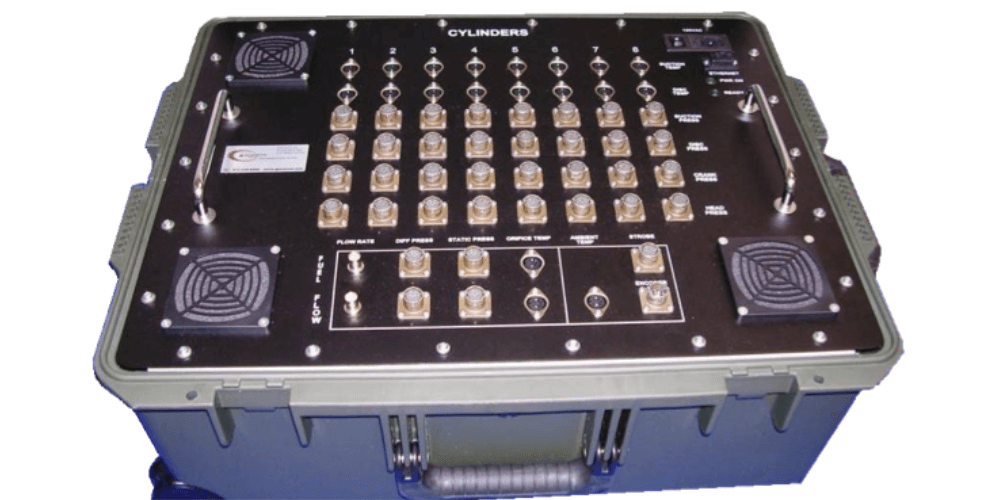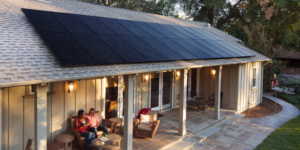When it comes to performing tests and acquiring data in harsh environments, such as in the desert in a Humvee, on an oil rig offshore, or in the cargo compartment of an aircraft or ship, standard test systems just won’t do. Conditions ranging from high temperatures and humidity to intense vibrations and pressures require the use of extremely rugged and portable test systems.
But, before operating a system in harsh real-world conditions, the system needs to be properly tested in a controlled environment to ensure it will perform as expected and that it will stay intact during the harsh transportation and storage conditions it will face as well.
Thus, one of the most important steps for the entire process of building a rugged test system happens long before a system is designed or developed. From the very beginning, it is crucial to form a partnership with an expert system integrator that specializes in developing custom, rugged test systems. An integrator such as G Systems LP, who is familiar with advanced system architectures and the techniques ideally suited for test and automation systems in a variety of industries, is an excellent choice.
In general, when developing a rugged test system, G Systems takes the following into consideration:
- Compliance with Applicable Industry Standards —Oftentimes, the requirements for a test system are a combination of multiple standards such as MIL-STD-810, MIL-PRF-28800, and NFPA 70.
- Rugged Design for All System Components — All of the components of a field test system, from the controller to the internal structure that holds the system in place in the casing to the cabling and connectors, need to be designed to continuously function in the given environment.
- Thorough Environmental Qualification Testing in the Lab — Lab qualification testing is used to simulate the extreme environmental conditions where the system will be used and to ensure the system will function properly and be compliant with the applicable standards.
- Hazardous Location Compliance —This can be done by using previously certified components in the system or having the entire system certified by an independent lab.
- System Longevity —The best ways to ensure system longevity are to not use components that are likely to become obsolete and to design the system to be fail-secure and remotely accessible.
In the end, because rugged test systems need to be designed for long-term use, it is critical to select a system integrator with a proven track record, such as G Systems who has designed systems for hazardous environments for more than 25 years, who you feel confident will still be around in a decade to support their applications.
Download the whitepaper, Built to Last: Designing Rugged Test Systems for the Harshest Environments, to learn more about how G Systems can ensure the longevity of your rugged system.





